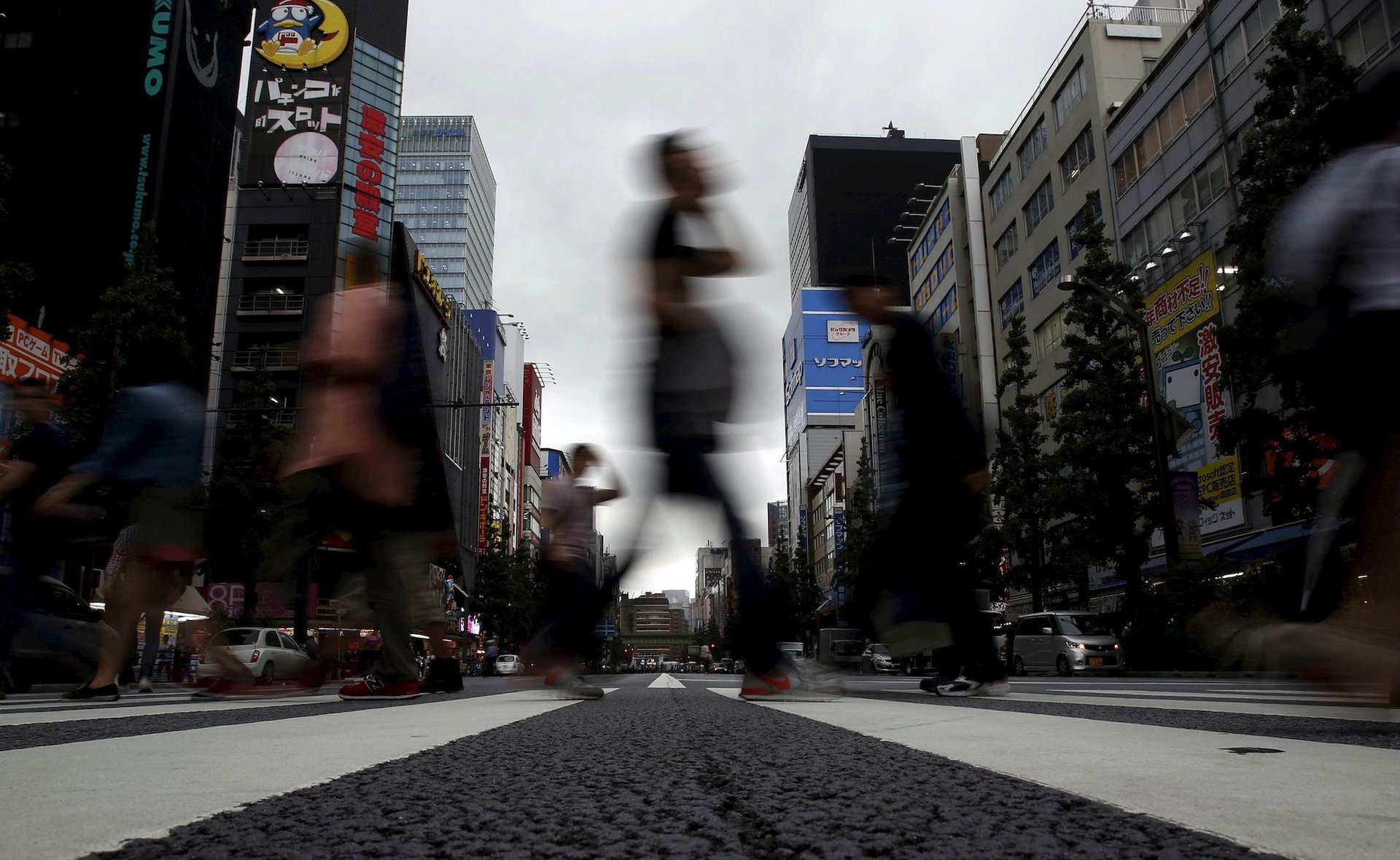Japan’s economy grew at its fastest pace in a year, thanks to businesses finally returning home
Japan’s slow climb out of its recession sped up during the first three months of the year. The economy grew 2.4% in annualized terms, better than the 1.5% that economists were predicting and the fastest pace in a year. Helping that growth is the fact that Japanese businesses are starting to increasing their spending and manufacturing within their home country.


Japan’s slow climb out of its recession sped up during the first three months of the year. The economy grew 2.4% in annualized terms, better than the 1.5% that economists were predicting and the fastest pace in a year. Helping that growth is the fact that Japanese businesses are starting to increasing their spending and manufacturing within their home country.
Corporate capital spending grew 0.4% during the quarter, which the first increase in four quarters—though still a bit shy of expectations. Japan’s shrinking labor force is forcing companies to invest more in automation, and aging manufacturing facilities are requiring more investment in technology upgrades.
A weaker yen has also made manufacturing overseas more expensive for Japanese companies like Sharp and Panasonic, which have started to move some production back home. Earlier this year, Canon pledged to produce 60% of its products domestically (paywall) within three years, up from just 40% currently. Nissan Motor plans to increase output in Japan, and robot maker Fanuc Corp is opening a new factory in Japan’s former industrial heartland of Tochigi, near Tokyo.
Not all is rosy: The capital spending boost was actually below expectations, and economists worry that too much spending may be going toward building up inventories—a potential drag on the economy if consumer spending doesn’t keep up. But so far so good. Household spending, which accounts for as much as 60% of the Japanese economy, grew 0.4% in the quarter, compared to the 0.2% that economists predicted.